My doctoral journey has been a maze. Full of dead ends when I wanted it to be a labyrinth with one winding path into the centre, direct with singular intent. I was trapped in Maze City, setting off on false paths, choosing inappropriate directions, getting totally lost. It’s taken a long time to find what I was looking for but with hindsight I can see it was necessary.
A Phd is like a mirror; it reflects who you are and where your interests lie. I didn’t realise how personal it would be although choosing Action Research has reinforced the personal dimension. I thought a PhD was a project. You made your choices about what to do and how to do it then wrote it up like a big essay. Well, not quite that simple but it was more complex than I anticipated. Getting out of the maze and into the labyrinth has been quite a challenge.
There’s confusion about the difference between a maze and a labyrinth. Even the OER refers to them as the same thing. I don’t understand why. The difference is simple. A maze is designed to get you lost. To frustrate and confuse. Mazes are puzzles. They pose problems to be solved. A labyrinth holds no physical secrets. It has a single path into the centre and out again. You can’t get lost in a labyrinth. There’s only one way to go.
A maze is a useful analogy for a PhD. For mine at least. I went off in so many different directions which turned out to be dead ends, made so many new beginnings. Each time thinking this is it – I know where I’m going – only to find I was lost again. The piles of books and papers grew. I chased every reference believing the next one might just have the answers I was looking for.
Everything you hear about the Phd is true. You have to let it take over your life. You’ll be trapped in that box of pathways and passages for some time. I only got out of the maze when the literature started to repeat itself. They tell you that will happen as well but it’s not the literature so much as the resonance. The literature never stops, it just starts to funnel, ever so slowly, as each dead end in the maze helps you put another theoretical approach to one side.
When it came to epistemology and ontology it wasn’t just the words I struggled with, it was finding a meaningful interpretation. It would be easy to adopt a surface approach to these components but the Viva is called a Defence for a reason. It’s hard to defend the choices you’ve made without being able to justify them and this is what being in the maze teaches you. It’s the linguistic duality of signs. We recognise dark because it’s the opposite to light. What isn’t working for you – as in every dead end in the maze – will lead the way to what does. The process is necessary because unless your choices have meaning you’re unlikely to find the links you need to hold your dissertation together.
It’s a dialectical dilemma. Nothing fits but you keep searching. It isn’t until you realise you’re creating rather than finding yourself that the fit begins to take shape. Once this idea has resonance you’re ready to step from the maze onto the opening loop of the labyrinth.
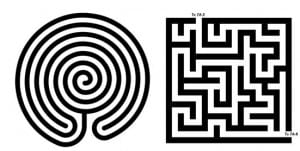
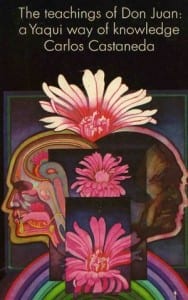
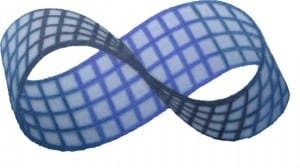

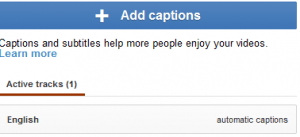
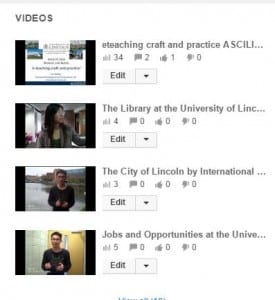
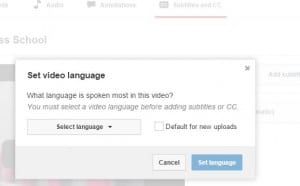
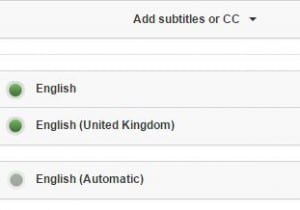
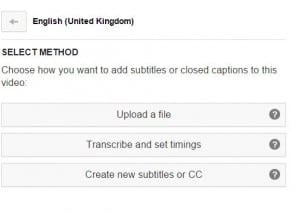
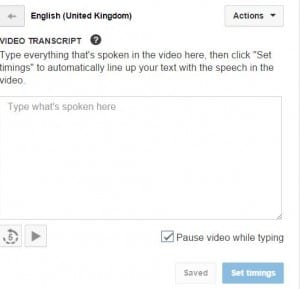

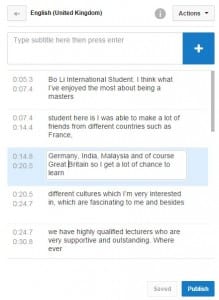
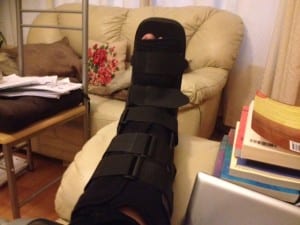
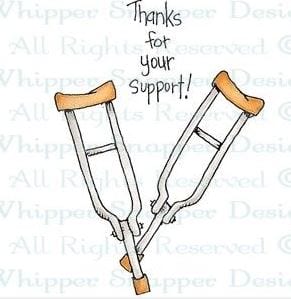
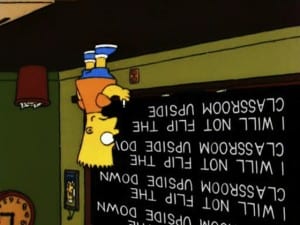

 Setting up @TELEDALincoln has exposed my own lack of Twitter Literacies. I could tweet and follow, throw in the occasional hashtag, but my performance had no depth. I didn’t really understand how Twitter worked. I’m still not sure I fully get it – or if I need to. This reinforces how shallow our digital literacies can be. We learn what’s needed to perform online. We become good enough. The Tweet Meets raised a number of interesting questions:
Setting up @TELEDALincoln has exposed my own lack of Twitter Literacies. I could tweet and follow, throw in the occasional hashtag, but my performance had no depth. I didn’t really understand how Twitter worked. I’m still not sure I fully get it – or if I need to. This reinforces how shallow our digital literacies can be. We learn what’s needed to perform online. We become good enough. The Tweet Meets raised a number of interesting questions:
